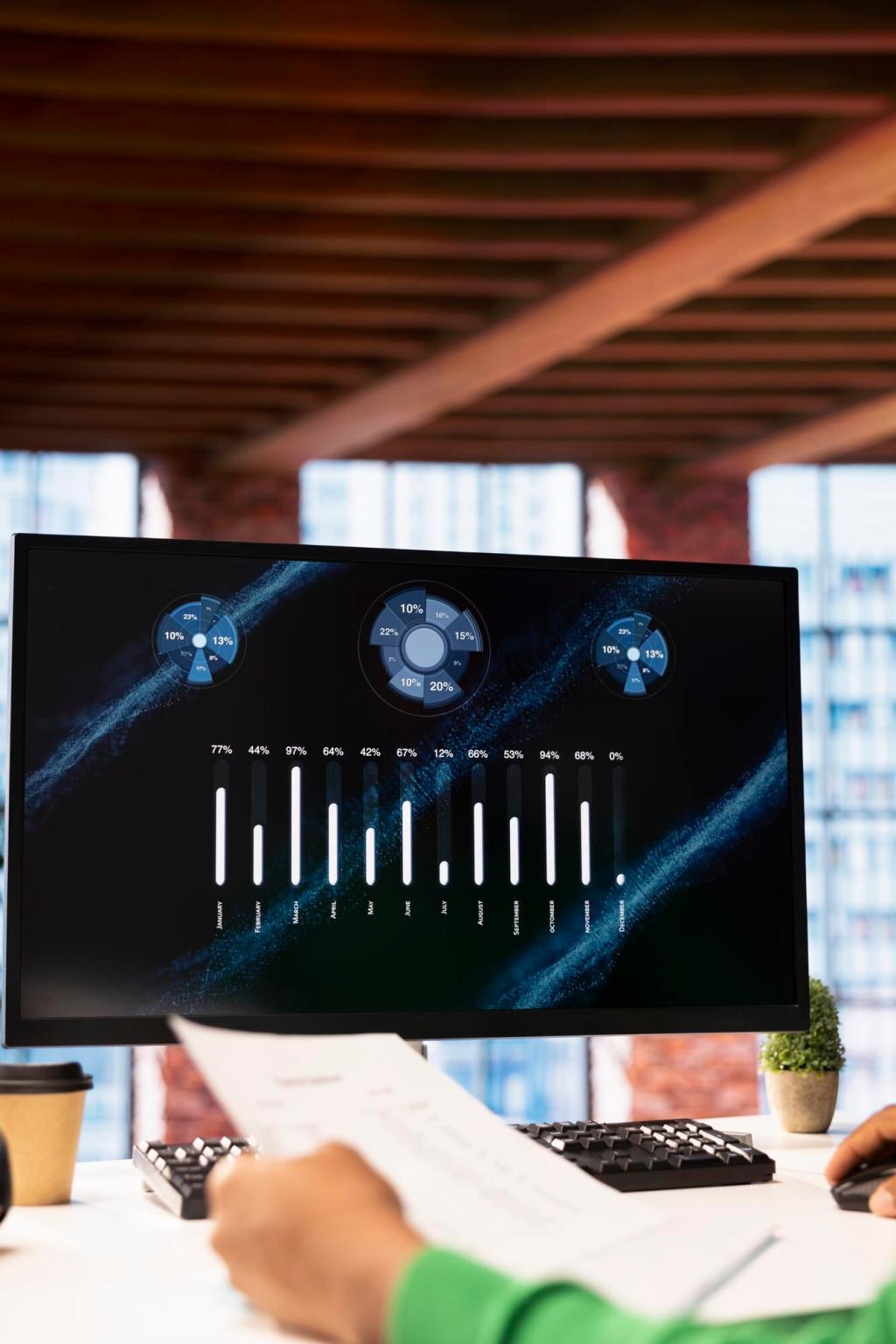
Lead Scoring Techniques for Better Funnels
Chosen theme: Lead Scoring Techniques for Better Funnels. Discover how smarter scoring transforms fuzzy intent into decisive actions, aligning marketing and sales while accelerating pipeline. Join in—share your scoring wins and misses, and subscribe to follow our evolving playbook.
Lead Scoring, Demystified: Turning Signals into Decisions
An SDR once spotted a lead whose score spiked after a pricing-page visit and a late-night calculator download. That context justified an immediate call, not another nurture email—resulting in a booked demo before breakfast. Stories like this are why scoring matters.

Signal Map: Clicks, Content Depth, and Buying Committee Roles
Not all clicks count equally. A pricing-page dwell, a technical whitepaper, or a sandbox signup carries more weight than a homepage glance. Identify roles too—champion, budget holder, security reviewer—and let committee context influence your score and follow-up plan.
Hygiene First: De-duplication, Enrichment, and Consent
De-duplicate records, standardize fields, and enrich responsibly. Validate domains, normalize job titles, and confirm consent. Solid hygiene prevents inflated scores and preserves sender reputation, ensuring your messages land where they should and your metrics reflect reality.
First-Party Over Guesswork: Instrumentation That Matters
Instrument product signups, feature activation, and documentation depth using clear event names and consistent metadata. Favor first-party analytics and server-side tracking to reduce noise. Consider score decay after inactivity to keep your model honest about recency and real intent.

Rule-Based Baselines That Everyone Understands
A point-based system makes adoption easier. Assign clear weights to meaningful actions, set thresholds for routing, and explain the logic. This shared understanding builds trust, accelerates onboarding, and provides a sturdy baseline for later statistical improvements.
Statistical Scoring: Logistic Regression Without the Mystery
Use historical outcomes to model conversion probability. Split data, avoid leakage, and standardize features. Coefficients reveal which signals matter, while calibration ensures scores map to real-world likelihood. Present lift charts so sales can see how probabilities translate into pipeline.
Machine Learning, Carefully: Signals Drift and Governance
Predictive models unlock nuance but demand stewardship. Monitor feature drift, set a retraining cadence, and keep a simple fallback. Document assumptions, add guardrails for fairness, and preserve a human-in-the-loop for edge cases that demand judgment, not automation.
Activation: Put Scores to Work Inside Your Funnel
Routing and SLAs that Respect the Score
High-scoring leads deserve same-day outreach and senior reps. Mid-scoring leads benefit from targeted nurture and scheduled check-ins. Low scorers enter education tracks. Define SLAs by band, audit compliance weekly, and celebrate the response times that correlate with wins.
Nurture Paths: Educational vs. Commercial Energy
Use the score to choose tone and content. Educate early-stage leads with helpful, non-salesy guidance. For evaluators, offer comparisons, ROI stories, and proofs. Progressively profile to reduce forms, and let engagement automatically advance prospects toward human conversations.
Sales Enablement: Context Beyond the Number
Surface top score drivers directly in the CRM—last activities, content themes, and role hints. Provide talk tracks aligned to those signals so reps open with relevance, not scripts. The number prioritizes; the context personalizes and earns genuine trust.
Calibration: Testing, Thresholds, and Continuous Improvement
Pick outcomes that actually matter—meeting set rate, SQL conversion, cycle time, and win rate. Track them by score band and channel. When you see a band underperform, investigate inputs before blaming outreach or the humans doing the work.
Calibration: Testing, Thresholds, and Continuous Improvement
Pilot new thresholds with holdout groups, prioritize weekends or low-volume windows, and test incrementally. Non-inferiority tests can protect your baseline while probing for improvements. Keep a rollback plan ready and communicate clearly with sales before flipping any switches.


Starting Point: Overheating MQLs, Exhausted SDRs
A mid-market SaaS flooded sales with MQLs from top-of-funnel content. Thresholds were too low, and generic webinar attendance overpowered deeper buying signals. Reps triaged constantly, morale dipped, and genuine buyers waited while the team chased noise.
The Change: Depth Over Volume
They reweighted content depth, added score decay, and split webinars into educational versus product sessions. Product documentation dwell and sandbox activation gained weight. Result: fewer, higher-quality handoffs that reflected genuine evaluation instead of casual interest or curiosity clicks.
The Outcome: Fewer Hand-offs, More Wins
MQL volume dropped 22%, SQL conversion rose 31%, and time-to-first-meeting improved by a day. Reps trusted the score again. The team now reviews drivers weekly. What single reweighting would you try tomorrow? Share it and inspire someone’s next experiment.
Join our mailing list
